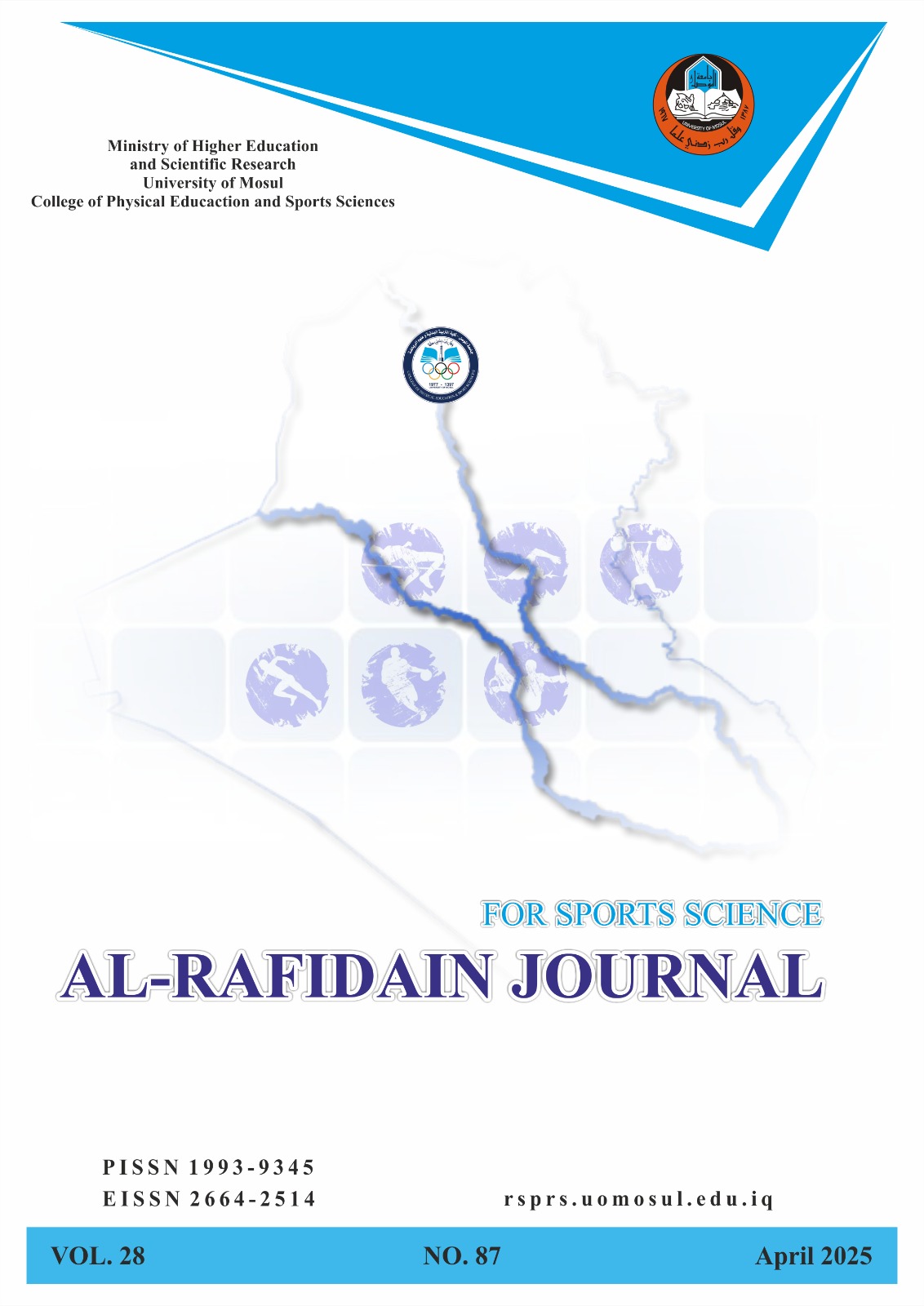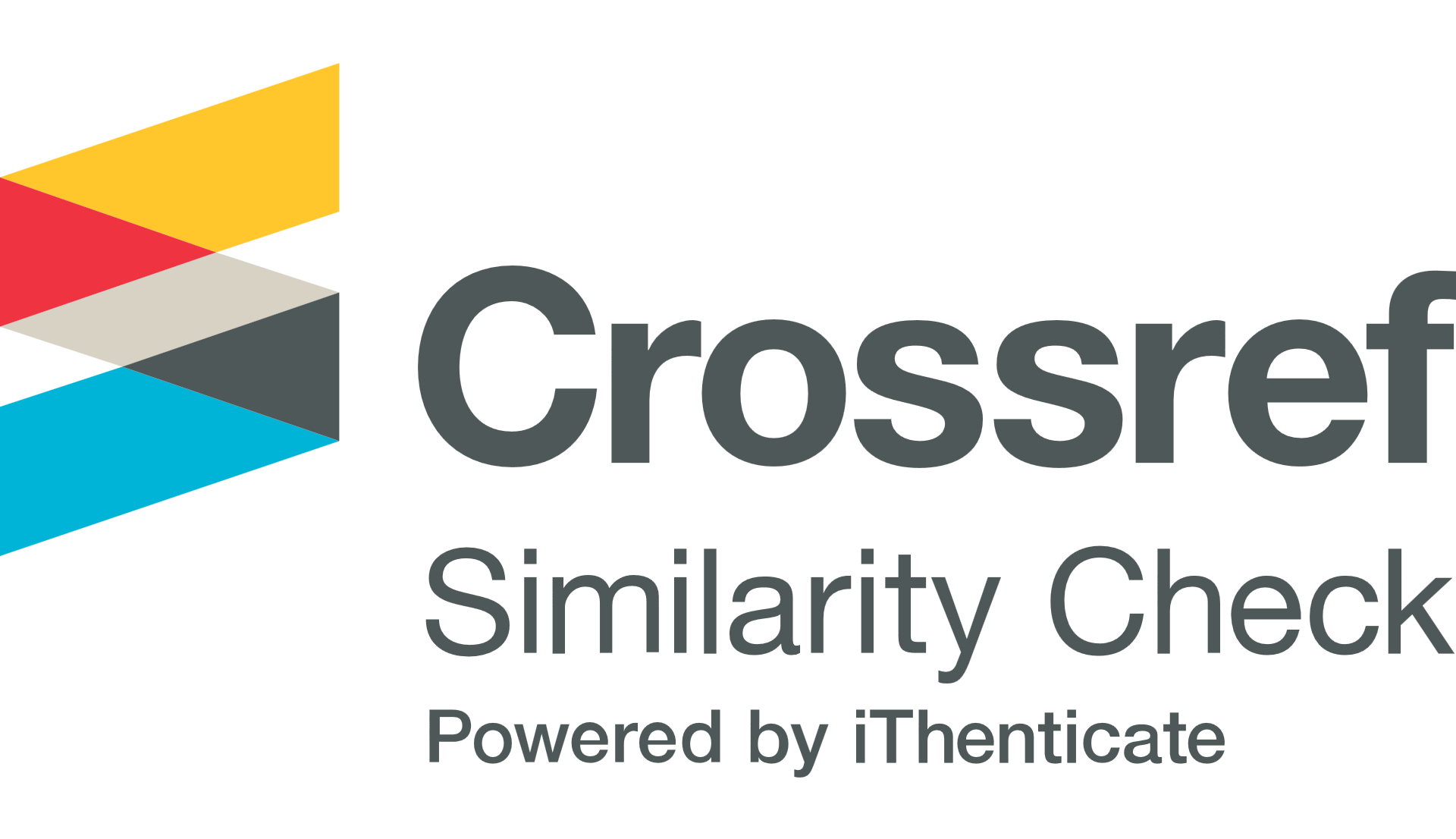Contribution ratios of a number of biomechanical variables to the accuracy of the forehand ground stroke performance of advanced squash players
Abstract
Research objective to: Build an electronic test to measure the accuracy of the front straight ground strike for squash players through the design of an electronic device. Determine the values of a number of biomechanical variables for the skill of the front straight ground for advanced squash players Identify the values of the accuracy of the front straight ground strike of advanced squash players. Identify the proportions of the contribution of biomechanical variables with the accuracy of the front straight ground strike of squash players.The researchers assumed that there are percentages of contribution to the biomechanical variables with the accuracy of performance of the skill of the front straight ground strike for squash players, the researcher uses the descriptive approach to fulfill the suitability and the nature of the research, and the research sample includes the national team players and club players advanced in squash, which numbered (30) players, representing five clubs to develop the test and the main experiment for kinetic analysis, the researchers uses scientific bibliographies and references, questionnaires, tests and measurement, scientific and technical observation, and biomechanical analysis) as a means of data collection, the researchers designs an electronic test that measures the accuracy of the front straight ground strike. To achieve scientific and technical observation, the researchers used a number of cameras to analyze the front straight ground strikes to measure and extract biomechanical variables i.e (3) iPhone type cameras were used) after determining the accuracy of the speed of the camera so that it is (240) images / secondintention, so that after the first camera is (3.20 meters) to the right of the player and the height of the focus of the lens (1 meter) and the second camera in front of the player and at a distance of (4 meters) and perpendicular to the first camera, the third camera is located behind the player and at a distance of (2 meters). The researcher uses the (Kenova) program for analysis, the researchers conducts the main experiment on the research sample, which are (9) advanced squash players, and the experiment was conducted on the squash court hall at the College of Physical Education and Sports Sciences, University of Baghdad at exactly three o'clock in the evening on Sunday 14/12/2023, and the researchers uses statistical means (standard deviation, T-test) for the associated samples, Pearson correlation coefficient, multiple regression coefficient, (Shapiro-wilk) test, percentage ratio), and the data were processed using the statistical package (SPSS).






